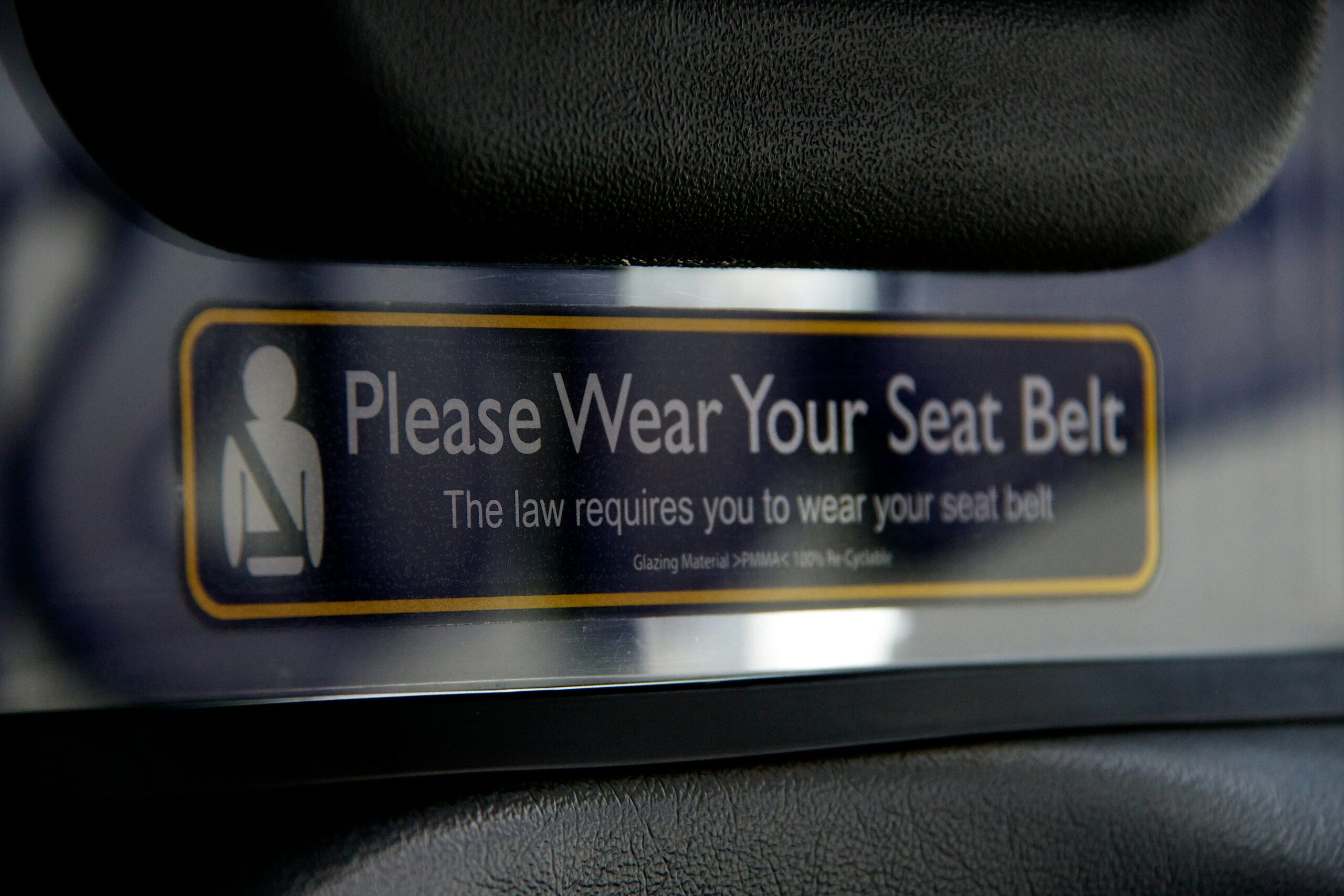When it comes to the safety of our children, every detail counts—especially when they’re on the road. In Michigan, car seat laws are designed to protect your little ones as they travel in vehicles. But with recent updates to these regulations, staying informed is more crucial than ever. Understanding what’s required can make all the difference in ensuring that your child is secure and safe while riding in a vehicle.
Parents often feel overwhelmed by changing rules and recommendations surrounding car seats. However, knowing how these laws impact you and your family can give you peace of mind during those everyday drives or long trips. Let’s dive into what’s new regarding Michigan’s car seat laws and why proper usage is essential for keeping our most precious passengers safe.
Why Car Seat Safety is Important for Children
Car seat safety is crucial for protecting our youngest passengers. Children are more vulnerable in the event of a crash due to their smaller size and developing bodies. A properly installed car seat can significantly reduce the risk of injury or fatality.
Every year, thousands of children are injured in car accidents. Many of these incidents could be prevented with effective use of car seats. Statistics show that using an appropriate restraint system decreases the likelihood of serious injuries by as much as 71%.
Additionally, different age groups require specific types of seats, from rear-facing infant carriers to booster seats for older kids. Understanding this progression helps ensure children remain safe as they grow.
Parents should consistently check their child’s seat according to weight and height guidelines, ensuring optimal protection at each stage. Regularly revisiting these safety measures builds lifelong habits around vehicle safety.
The Main Changes in Michigan’s Updated Car Seat Laws
Michigan’s updated car seat laws reflect a growing awareness of child safety. One significant change is the extension of rear-facing requirements. Children must now remain in a rear-facing car seat until they reach the age of two or exceed the manufacturer’s weight limit.
Forward-facing seats have also seen new guidelines. Kids should stay in these seats up to age five, ensuring that they are securely strapped in for as long as possible.
Booster seat regulations have been tightened too. Children under 8 years old must use booster seats unless they are taller than 4 feet 9 inches.
The law emphasizes proper harnessing techniques and positioning to enhance safety during travel. These adjustments align with recommendations from pediatricians and safety experts, aiming to reduce injury risks significantly on Michigan roads.
Understanding the Different Types of Car Seats
Car seats come in several types, each designed to meet specific needs as your child grows. Infant car seats are rear-facing and offer a snug fit for newborns. They typically have a handle for easy transport.
As babies grow, convertible car seats become essential. These versatile options can switch between rear-facing and forward-facing positions, accommodating children from infancy through toddlerhood.
Once kids reach about 40 pounds or around four years old, booster seats take the stage. Booster seats elevate your child so that the vehicle’s seat belt fits correctly across their shoulder and lap.
All-in-one car seats combine these functions into one unit. They adjust as your child matures and can be used in different modes throughout their childhood journey.
Understanding these options helps you choose the right seat at each developmental stage while ensuring safety on every ride.
How to Properly Install a Car Seat
Installing a car seat correctly is crucial for your child’s safety. Start by reading both the car seat and vehicle manuals. They provide essential guidelines that can vary.
Position the car seat in the backseat, as this area is safest for young passengers. Ensure it’s secured tightly using either the LATCH system or your vehicle’s seatbelt.
Check for movement after installation; it should not shift more than an inch side to side or front to back. If you’re using a rear-facing seat, make sure it’s at the correct angle—this helps protect your child’s head and neck during sudden stops.
Always secure harness straps snugly against your child’s body, ensuring no slack remains. The clip should be positioned at armpit level for optimal protection.
Regularly inspect your setup and recheck fitment as your child grows. It might seem tedious but keeping up with adjustments ensures their continued safety on every ride.
Tips for Parents and Caregivers to Ensure Car Seat Safety
Always read the car seat manual. Each model has specific guidelines that ensure optimal safety for your child.
Make sure to register your car seat with the manufacturer. This way, you’ll receive important updates or recalls that could affect its safety.
Check for proper harness fit regularly. As children grow, adjustments are necessary to maintain a secure hold during travel.
Consider using a certified technician for installation assistance. Many communities offer free resources where trained professionals can help you install your car seat correctly.
Avoid placing bulky clothing on your child while they’re strapped in. It can create too much space between them and the harness, reducing effectiveness in an accident.
Never leave kids unattended in vehicles. Even a moment of distraction can lead to dangerous situations or heat-related emergencies.
Conclusion:
Staying informed about Michigan Car Seat Laws is crucial for every parent and caregiver. These laws are designed to protect our most vulnerable passengers—our children. Regularly reviewing these regulations ensures you’re not only compliant but also providing the best possible safety measures.
Changes can happen, so it’s wise to keep an eye on updates from local authorities or organizations focused on child passenger safety. Engaging with community resources like workshops or consultations with certified car seat technicians can enhance your knowledge and skills in this area.
Remember, every detail matters when it comes to securing a child safely during travel. By following Michigan’s updated car seat laws and employing safe practices, you’re contributing significantly to your child’s well-being on the road. Prioritize their safety by staying current with all necessary information regarding car seats as they grow and develop.

